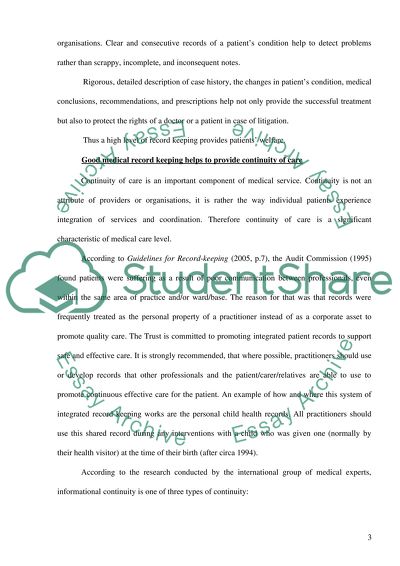Cite this document
(“Good record keeping helps to protect the welfare of patients Essay”, n.d.)
Retrieved from https://studentshare.org/health-sciences-medicine/1527567-good-record-keeping-helps-to-protect-the-welfare-of-patients
Retrieved from https://studentshare.org/health-sciences-medicine/1527567-good-record-keeping-helps-to-protect-the-welfare-of-patients
(Good Record Keeping Helps to Protect the Welfare of Patients Essay)
https://studentshare.org/health-sciences-medicine/1527567-good-record-keeping-helps-to-protect-the-welfare-of-patients.
https://studentshare.org/health-sciences-medicine/1527567-good-record-keeping-helps-to-protect-the-welfare-of-patients.
“Good Record Keeping Helps to Protect the Welfare of Patients Essay”, n.d. https://studentshare.org/health-sciences-medicine/1527567-good-record-keeping-helps-to-protect-the-welfare-of-patients.


